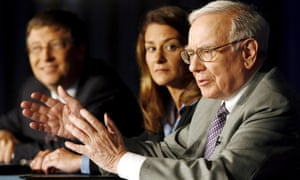Private Goods:
Private goods are goods that are rivalrous and excludable. Rivalrous means that when one person consumes the good, it reduces the quantity available for others. Excludable means that it is possible to prevent people from using the good if they don't pay for it. Examples of private goods include food, clothing, and electronics. In a free market, private goods are efficiently allocated through the price mechanism, where consumers choose what to buy based on their preferences, and producers supply goods to meet the demand.
Public Goods:
Public goods are goods that are non-rivalrous and non-excludable. Non-rivalrous means that one person's consumption of the good does not diminish its availability for others. Non-excludable means that it is difficult or costly to prevent people from benefiting from the good, even if they don't pay for it. Examples of public goods include street lighting, national defense, and public parks.
Market Failure of Public Goods:
The main problem with public goods is the free-rider problem. Since public goods are non-excludable, individuals have an incentive to "free-ride," meaning they can benefit from the good without paying for it. If one person decides not to pay for street lighting, they can still enjoy the benefits of well-lit streets if others do pay. This behavior can lead to under-provision of public goods in a free market.
Consequences of Market Failure on Economic Actors:
Non/Under-provision: In a free market, private firms may not have an incentive to produce public goods because they cannot charge individual consumers for their usage. As a result, public goods might be non/under-provided, leading to a suboptimal allocation of resources.
Suboptimal Social Welfare: The under-provision of public goods can result in a situation where society as a whole is worse off than it could be if the public goods were efficiently provided. The overall welfare of society is not maximized.
Short-term Focus: Private firms are profit-driven, and they may prioritize short-term gains over long-term investments in public goods, which can lead to a lack of investment in critical infrastructure and services.
Externalities and Spillover Effects: Some public goods, like education and healthcare, have positive externalities, meaning they benefit society as a whole. If these goods are under-provided, it can lead to negative consequences for economic development and social well-being.
Inefficiency in Resource Allocation: Market failure in the provision of public goods means that resources are not allocated efficiently. Valuable resources might be misallocated, leading to lost opportunities for economic growth and development.
Government Intervention for Public Goods: To address the market failure of public goods, governments play a crucial role in their provision. Governments can provide public goods directly through tax revenue or subsidies, ensuring that these goods are available to everyone in society. By doing so, governments can correct the free-rider problem and ensure that essential public goods are adequately provided for the benefit of all citizens.




